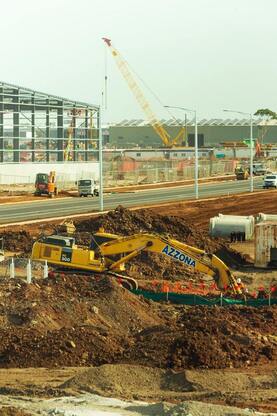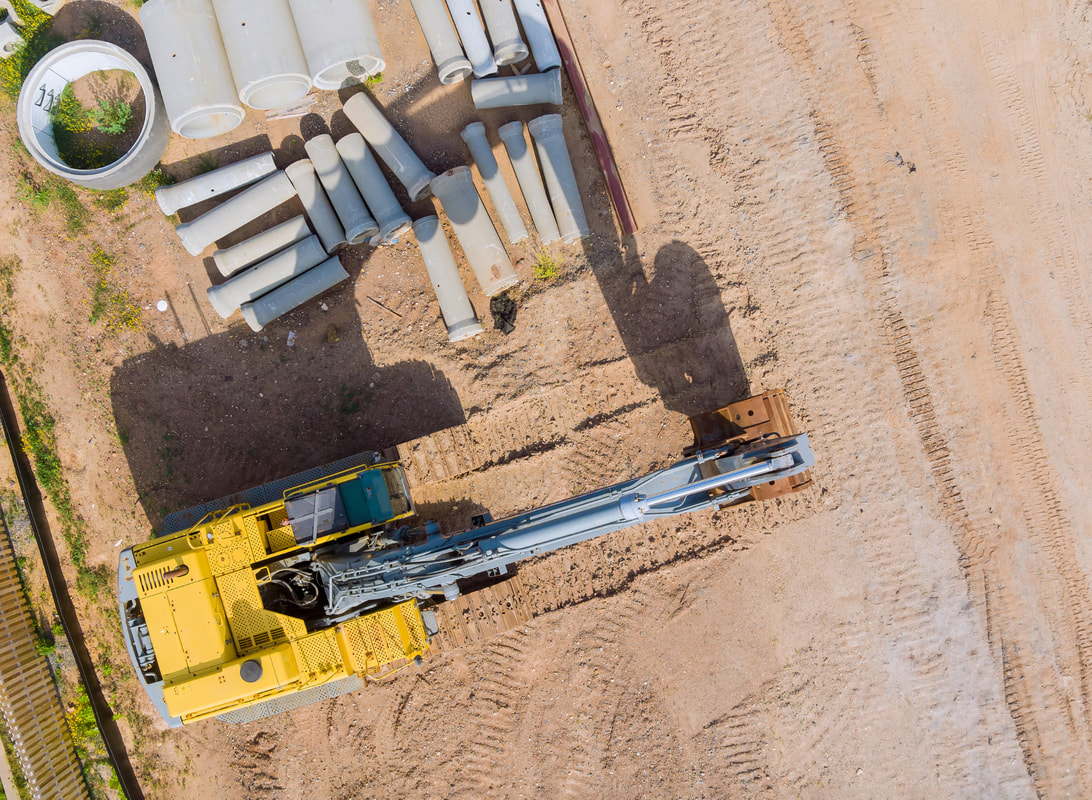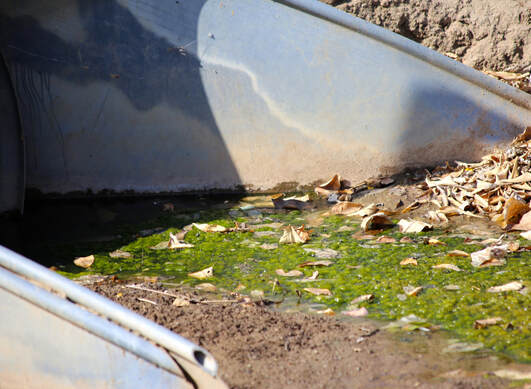Channel Excavation Services
Channel Excavation is used when dealing with water. This form of digging is to remove materials in the boundaries of the channel, with the objective of changing the direction of water flowing whether it’s meandering, braided, or straight.
Excavating can be used for depth, expansion, rebuilding, reconfiguration, and form. It’s also performed for accomplishing channels, stream beds, and stream banks. All excavating projects will have to be in correspondence with grades, side slopes, or bottom widths provided by the crew of excavator contractors. This does not include the process of undercutting the topsoil, sod, or slopes. Another goal of Channel Excavation is the volume of water accessing the channel. The excavation process can be used for increasing the volume or decreasing the capacity of water streaming at a given time. This technique maintains stagnation, sediment buildup, or overflowing. The common reason for stagnation or overflowing is when a ditch doesn’t drain correctly and in an exact location. Channel Excavation can move the course of the system in a new direction, which can make it spout and drain out more accurately. New channel projects are beneficial for directing water around your property. In order to have a smooth flowing channel of water, you’ll need to consider hiring an excavation team of experts to install the channel correctly. The process of digging out water passages or their drainage channels is a difficult procedure once you consider professionalism, patience, heavy-duty equipment that can dig through rocky or mucky soil, and beforehand mapping the waterway. |
Drainage Excavation
|
When a weather condition relating to water conditions impacts a property (i.e hurricanes, disastrous thunderstorms, etc.), it may be hard to recuperate without the proper drainage for that land. Without drainage, the land may become murky and stagnant.
That’s why Drainage Excavation was invented, to help the process of overrunning water or other materials. The drainage tactics are usually executed by carrying water to a ditch, trench, drain, and other forms of discharging surplus flooding. Drainage is not a one-size-fits-all for most cases. There are various forms of drainage including Deck Drains, Catch Drains, Ditch Drains, Slope Drains, French Drains, and Channel Drains. Each one is suited for different reasons to divert water to trenches or canals. Materials will be excavated whenever building storm drains, ditches or trenches are being created. Pipelines will be installed for the purpose of draining, the lines usually run under roadways and underground. Buildings and farmlands are protected when these runoff excavation enforcements are put into place. |
For homeowners, it’s important to look for cues that water buildup is around the property. Here are just a few signs:
• Drains in the property are clogging up
• Water is spouting at a slower pace
• Toilets are having to be flushed more than once
• Unexplained sinkholes around the yard and property
Whenever there is a piece of land that needs attention for standing water, that’s when you hire an excavating team of professionals to handle excavating the proper drains. In some situations, draining problems are incredibly severe and require no other choice than digging.
• Drains in the property are clogging up
• Water is spouting at a slower pace
• Toilets are having to be flushed more than once
• Unexplained sinkholes around the yard and property
Whenever there is a piece of land that needs attention for standing water, that’s when you hire an excavating team of professionals to handle excavating the proper drains. In some situations, draining problems are incredibly severe and require no other choice than digging.
Dredge Excavation
|
When sediment builds up in waterways, this can create complications along the way like barriers of residue making them impassible for boat traffic and other forms of water equipment to pass through safely.
This is where dredge excavation or “dredging”, a popular nickname for this type of excavation process, comes into play. This method is expected to happen underwater in forms locations of waterways shallow ocean passages, lakes, riverways, and other bodies of standing water. Dredging excavation assists the issue of sediment that build-ups over time by safely removing materials while below the water level. Materials like slug, murk and other earth substances are the common enemies that advocate sediment build-up. The process is complicated because the team has to ensure that the passage is now safe for water traffic such as boats or ships to travel in a protected manner. |
Often the act of dredging can also assist the process of building boat docks, accommodating walls along water passages, and waterfront living locations.
Dredging takes heavy-duty equipment. Common devices are hydraulic or mechanical dredgers.
The list of mechanical dredgers include:
• Backhoe dredge
• Bucket ladder dredge
• Grab dredge
• Dipper dredge
The list of hydraulic dredgers include:
• Cutter dredge
• Plain suction dredge
• Trailing Suction Hopper Dredge
These dredgers, (excluding trailing suction hopper dredgers), are considered stationary which means that they perform with anchors.
The dredging team must be able to oversee the area of application and the process that follows for details. Like the suitable materials, dredging depth that affects the length of wire on the winches and borrowed materials.
Dredging takes heavy-duty equipment. Common devices are hydraulic or mechanical dredgers.
The list of mechanical dredgers include:
• Backhoe dredge
• Bucket ladder dredge
• Grab dredge
• Dipper dredge
The list of hydraulic dredgers include:
• Cutter dredge
• Plain suction dredge
• Trailing Suction Hopper Dredge
These dredgers, (excluding trailing suction hopper dredgers), are considered stationary which means that they perform with anchors.
The dredging team must be able to oversee the area of application and the process that follows for details. Like the suitable materials, dredging depth that affects the length of wire on the winches and borrowed materials.


